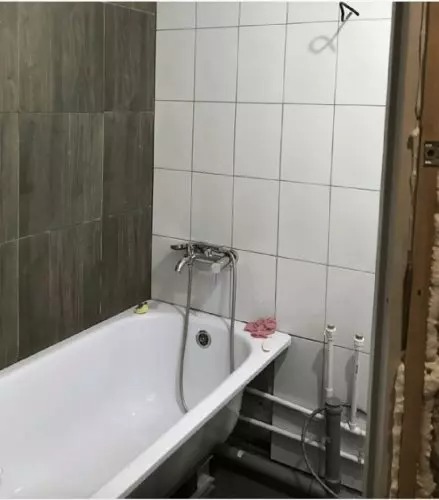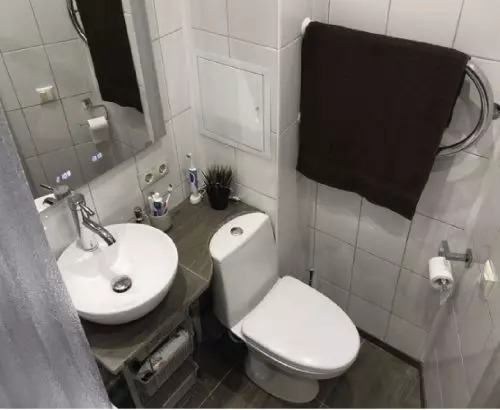You never really expect to see a news channel showing their anchors lead prayer on air because, usually, channels will want to keep things secular for their viewers. Fox News host Pete Hegseth, however, had some other ideas.
Keep reading to know more about what happened!
“We have more ‘Fox and Friends’ coming up, but you know what, this is a transition for transitions if you’ve ever had one,” he said as he laughed.
Weekend co-host Rachel Campos-Duffy then joined in and said, “So ‘Fox and Friends.’”
“This is very ‘Fox and Friends,’” Hegseth concurred, “so ready your heart.”

“It’s the 5th Sunday of Lent, and our prayer series continues with the reading of prayer from the Hallow app,” Hegseth went on. “We all need it, let’s do it this morning, close your eyes — if you would, bow your head.”
He then began reading the prayer on-screen from the Hallow app while his co-hosts Campos-Duffy and Will Cain bowed their heads in respect.
“Jesus, today we begin the holy period of passion tide,” Hegseth read. “In these last 2 weeks of Lent, help us understand the mystery of your sacrifice and surrender, make us keenly aware of your love for us. We ask that you make yourself known to us, help us to feel the grace of your presence.”

Hegseth thanked Christ for the “selfless love you showed on the cross” before he concluded by saying, “Thank you again to Hallow for this partnership during Lent.”
“Amen,” Campos-Duffy chimed in.
According to the Huffington Post, Fox News aired a part of the segment on Ash Wednesday in regards to the Hallow app. In connection with the sponsorship, actor Mark Wahlberg was invited as a guest.
This is not the first time a Fox News host has expressed their faith on-air. Previously on a segment concerning Republican House Speaker Mike Johnson, host Kayleigh McEnany said, “I really believe he thinks God is leading the way — this will all get figured out.”

“To everyone out there, pray for him as our speaker,” co-host Ainsley Earhardt said on the same episode of Johnson. “Our country really needs some guidance from God right now.”
While every American has the freedom to practice religion, it seems that this prayer on-air might have offended some people. One person commented, “These people don’t praise God the rest of time. It’s a political stunt to make you believe they do. Fox news spreads falsehoods and conspiracy theories, remember they paid a hefty fine for doing so. Hypocrisy at its best!!”
While another added, “about as religious as a rock.” Another disgruntled viewer wrote, “These people praying is a joke. They sit there everyday and lie threw their mouths. You never hear the truth about anything. So please give me a break.”
It seems not everyone was convinced by the prayer, believing it to be manufactured, But there were dozens of people who thought it was a great initiative!





















 He took the situation into his own hands and shared the incredible transformation!
He took the situation into his own hands and shared the incredible transformation! 
 See the final results in this article!
See the final results in this article! 













